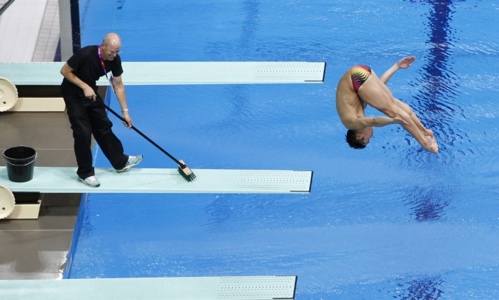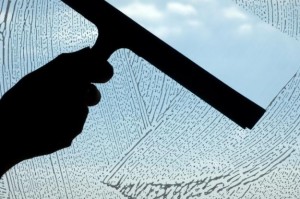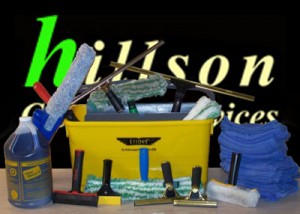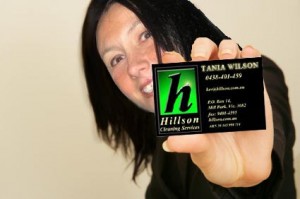I’m currently going through the motions of giving the household fridge a decent clean, so thought I’d outline the steps one takes to clean the fridge and how to maintain it leaving it hygienically clean. Considered to being the hardest working and most important appliance in the house, the refrigerator which operates around the clock, plays a vital role in the health and wellbeing of your family.
I’ve come across some sordid fridges in my time, ones that are covered in mould and grime and reeking from an awful stench. The fridge is constantly bombarded with drips and spills, together with food that have passed their used by dates, resulting in bacteria and bad odours. These come about due to normal day to day activities within the house and can be resolved by following some easy tips.
I’ve waited until the day before a big shopping day, where much of the food from the fridge has been consumed, doing it when the fridge is fully stocked after a big shop makes the job so much harder. So let’s roll up our sleeves and get started:
- To get started you’ll need gloves, a bucket of water with disinfectant, rags, sponge, scourer, and spray bottle of disinfectant. As a safety tip, be sure to turn off the fridge at the power point.
- Empty the refrigerator of all its contents, disposing of food that contain mould, give off an abnormal stench or have passed the used by date.
- Fill the kitchen sink up with water and detergent then remove all the shelves and compartments from the fridge. Place them in the sink and clean thoroughly using the kitchen scourer and sponge. Wipe down all food containers, where possible remove the food and clean inside the container as well as out.
- Return to the inside of the fridge and begin cleaning the inside starting from the very top and work your way down the walls of the fridge, cleaning all crevices and compartments making use of your bucket of water, disinfectant, sponge, rags and scourer for those hard to remove stains. Finally it is time to mop up the bottom of the fridge with the rags before disinfecting it.
- Clean the fridge externally, start by removing all items that tend to accumulate on the top of the fridge. Spray and wipe clean the fridge, once again starting from the top and working your way down. Be sure to clean in and around the handle and any other crevices that can collect grime.
- With the cleaning complete it is time to Dry and return all shelves and containers to the fridge. Don’t forget to turn fridge back on and replace the food and drinks. To prolong shelf life make sure they are stored to allow proper air flow throughout and visit your manufacturers refrigerator manual to determine where best to store certain food types.
- Now that the fridge is clean inside and out it is up to you to maintain the hygiene and cleanliness of the fridge – ensure the fridge seals completely when the door is closed – check the rubber seal for any damage, seal food containers properly, dispose of unwanted food stuffs regularly and clean up fresh spills as they occur.
Follow these instructions and you too will have a fridge that is clean and hygienic, with food that is safe for your entire family to consume whenever those pangs of hunger hit.










